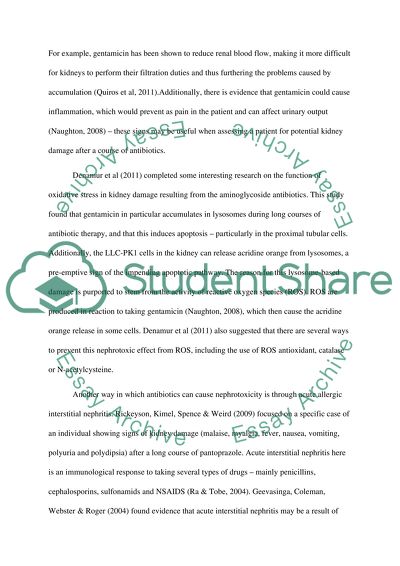Cite this document
(“Antibiotics and nephrotoxicity Term Paper Example | Topics and Well Written Essays - 1000 words”, n.d.)
Retrieved from https://studentshare.org/health-sciences-medicine/1488958-antibiotics-and-nephrotoxicity
Retrieved from https://studentshare.org/health-sciences-medicine/1488958-antibiotics-and-nephrotoxicity
(Antibiotics and Nephrotoxicity Term Paper Example | Topics and Well Written Essays - 1000 Words)
https://studentshare.org/health-sciences-medicine/1488958-antibiotics-and-nephrotoxicity.
https://studentshare.org/health-sciences-medicine/1488958-antibiotics-and-nephrotoxicity.
“Antibiotics and Nephrotoxicity Term Paper Example | Topics and Well Written Essays - 1000 Words”, n.d. https://studentshare.org/health-sciences-medicine/1488958-antibiotics-and-nephrotoxicity.


